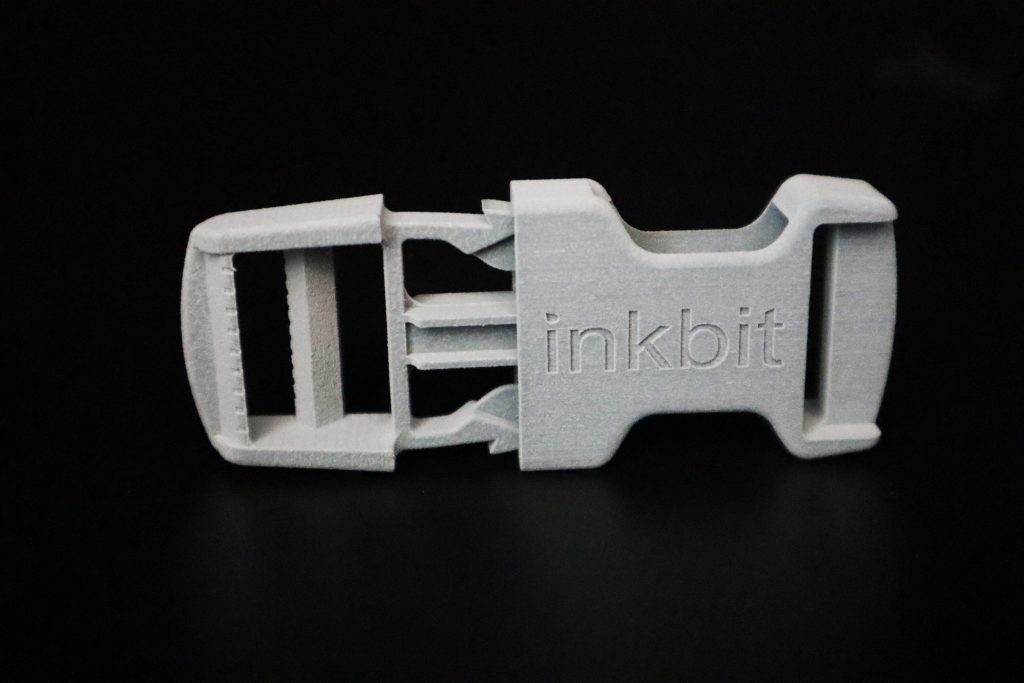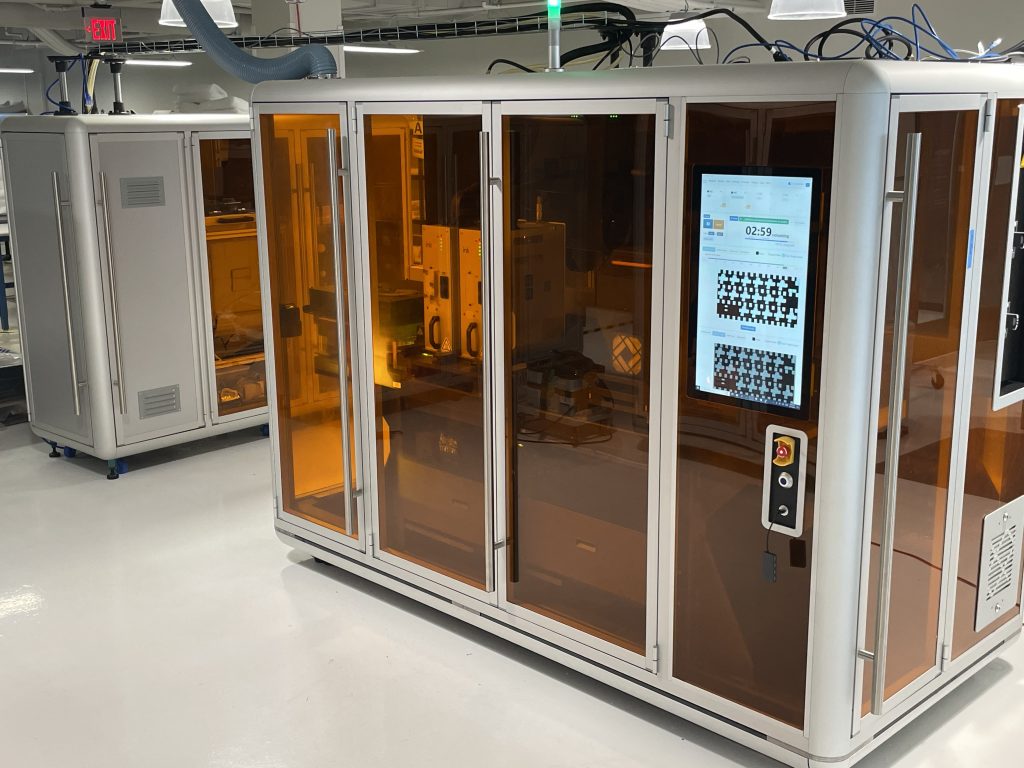Additive manufacturing company Inkbit, introduced Titan Tough Epoxy 85, its newest additive manufacturing material, at Formnext 2022.
This material, which has been specially formulated for durability, provides improved performance for applications that necessitate both high accuracy and production-grade mechanical properties. This material is the most recent addition to the Inkbit Vista ecosystem, and it was created in response to customer requests for parts that are tough, accurate, and designed for AM, which usually means intricate geometries.
“The launch of our Titan Tough Epoxy 85 is an important milestone in our journey to take material jetting from the realm of prototyping to that of production. The toughness, tensile strength, impact resistance, and flexibility of Titan Tough Epoxy 85 rival those of Nylon 12, today’s AM industry standard,” said Davide Marini Co-Founder and CEO at Inkbit.

Titan Tough Epoxy 85 and Vista Ecosystem
Along with the debut of Titan Tough Epoxy 85, the Inkbit Vista AM system was on display at Formnext 2022, offering to inspire show attendees to explore new opportunities in mass production. The Inkbit Vista system, powered by Vision-Controlled Jetting (VCJ) for accurate and repeatable parts, provides dimensional accuracy and production scale throughput with Inkbit’s range of functional and robust materials.
Titan Tough Epoxy 85 is designed with advanced chemistry and the expertise of the Inkbit materials science teams. It is impact-resistant and can endure long-term UV exposure. Because of the precise dimensional performance provided by the Inkbit Vista platform, this material is ideal for multi-component designs where tolerance stack-up challenges necessitate accurate individual components so assemblies accommodate together.
The system can reliably print complex, highly detailed part geometries thanks to the easy, low-labor post-processing that Inkbit has developed. It uses wax support material that melts away and has an automated workflow. Additionally, the support material can be easily recycled, which aids in Inkbit’s advantage of low cost per part. The requirement for a dedicated production environment with stringent environmental controls is reduced by this clean manufacturing process.
“The new classes of materials we are introducing, when combined with the multi-material capabilities and accuracy of our platform, will enable a formidable acceleration in product development and digital manufacturing across many industries,” added Co-Founder and CEO at Inkbit.

The material world of additive manufacturing
Recently, Arkema, a French chemical and materials company, introduced two new high-performance custom formulations for UV-curing at Formnext 2022. N3D-HITEMP062, a hybrid high-temperature toughness material, and N3D-CAST063, a high-resolution material, provide a matte finish that allows details to be seen as well as a melting behavior during burnout for high-quality castings. Arkema also expanded its engineered resins portfolio by incorporating an elastomeric material with a 170% elongation at break and a tear strength of 33 kN/m, according to the company.
Previously, US-based ultrafast polymer 3D printing solutions provider Nexa3D, introduced an electrostatic discharge (ESD) safe resin for fabricating static-dissipative parts using Mechnano’s MechT technology. Mechnano is an Arizona-based AM polymer startup. According to the company, Mechnano’s technology is backed by nearly a decade of development and research and is covered by 120+ issued and pending patents.
Furthermore, EPU 43, EPU 45, and Henkel Loctite IND147 are three novel materials introduced by Carbon expanding its product line. EPU 43 is a soft, energy-damping elastomer that can be used for comfort padding in helmet liners and safety gloves. Carbon claims the resins to be durable under high-cycle flexing. Because of its high damping performance and printability, EPU 45 is the material of choice for sports padding and seating.
“EPU 43 and EPU 45 are the future of impact protection, providing the benefits of performance, comfort, and durability that come with Carbon’s elastomers,” said Jason Rolland, SVP of Materials at Carbon.
Follow this link for all the Formnext 2022 news.
To stay up to date with the latest 3D printing news, don’t forget to subscribe to the 3D Printing Industry newsletter or follow us on Twitter, or like our page on Facebook.
While you’re here, why not subscribe to our Youtube channel? Featuring discussion, debriefs, video shorts, and webinar replays.
Are you looking for a job in the additive manufacturing industry? Visit 3D Printing Jobs for a selection of roles in the industry.
Feature image shows Digital Factory Inkbit Vista. Image via Inkbit.



